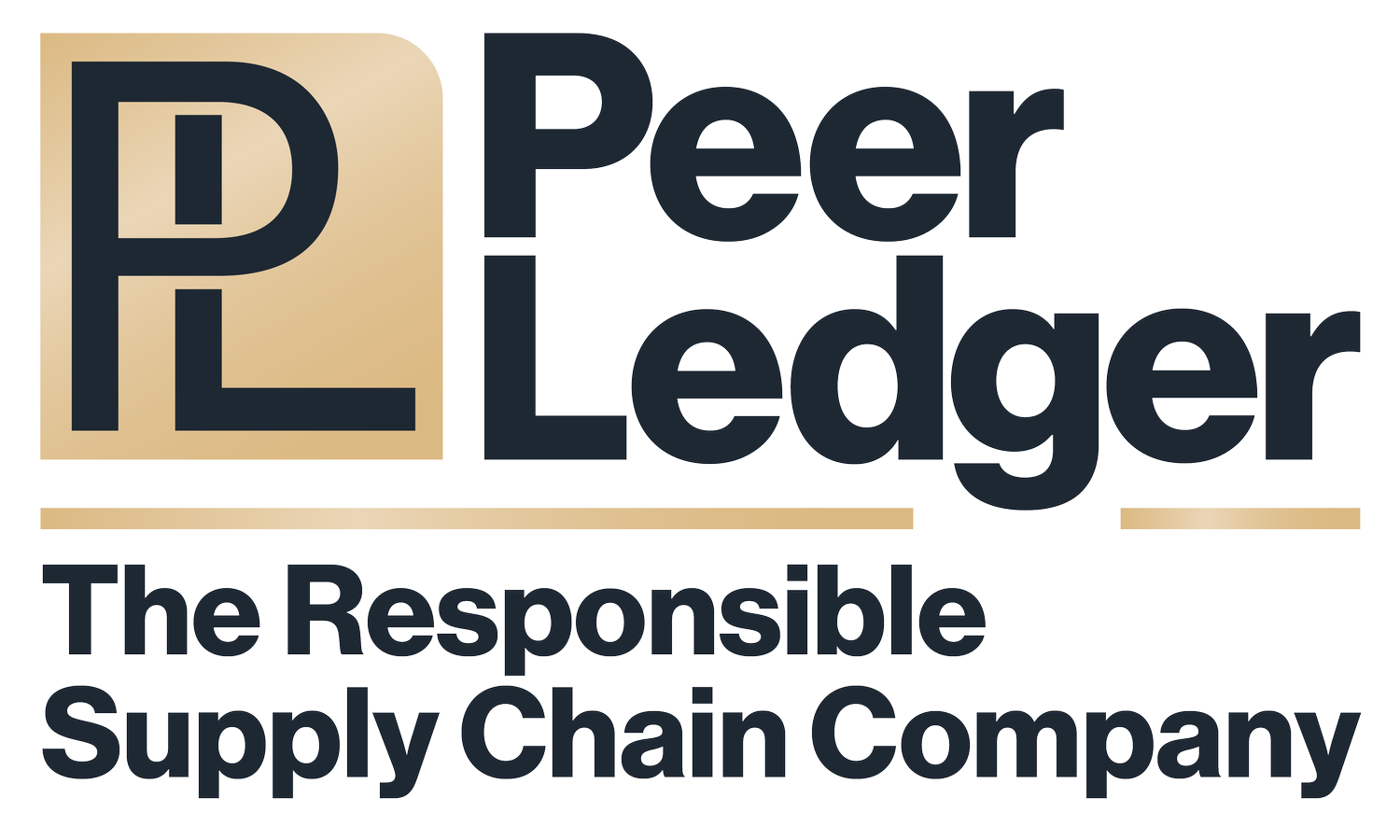Food Packaging: Opening the Door to Misinterpretation About Food Quality and Origin
Packaging is much more than a cardboard box - it combines science, art and technology to protect products and convey information. Unfortunately, the way items are packaged can cause consumers to misinterpret key information about what they are buying. In the case of food, misleading packaging can land companies in hot water.
From a harmless misunderstanding...
In June 2020, a Facebook post about food packaging went viral because it claimed that the colour of the foam tray indicates whether a meat product was processed outside of the United States.
USA Today caught wind of the post and later confirmed the information was false. In its article published in August, the journalist said they could not reach out to either Winn-Dixie, where the butcher who stated the claim was working, or the Facebook user who posted the news. The article also provided evidence from trustworthy organizations and food packaging experts showing that meat packaging and its origin are unrelated. As it turns out, the colour of the foam packaging is simply based on retailers' marketing strategy and cost. The origin of meat is usually displayed on the package label.
...to an international food supply chain scandal...
In 2013, horse meat was found in beef products like cottage pie, beef curry pie, lasagne, and spaghetti bolognese in several UK retail stores. The discovery quickly escalated into a criminal investigation because 750 tonnes of cheap horse meat was fraudulently stamped as beef. The horse meat was used to make ready-to-eat beef meals in 13 countries across Europe. Several slaughterhouse workers and food processors were arrested in connection with the horsemeat scandal. The French company Spanghero, was accused of making more than €500,000 (CAD 740,000) in profit from the fraud over six months.
The horse meat scandal affected school dinners and some of the UK's largest catering firms and restaurants. It is impossible to know the exact number of people who had unwittingly eaten horse meat during this period. The European Commission later set a plan to tighten rules about the origins of beef and other meat products for more traceability at the regional level. The new laws went into effect in 2015 in the EU and England.
Problems?
Country-of-origin (COO) labelling is supposed to be an effective way to identify and differentiate products, but consumers still make mistakes interpreting the data. According to a 2020 survey, around 19% of consumers in Italy could not correctly identify the origin of extra-virgin olive oil in the market.
Customers are drawn to eye-catching labels with phrases such as organic, fair-trade and cage-free, but few brands go the extra step of proving these claims. A US survey found that consumers have diverse interpretations of date label language and that over half were unaware that date labels are not federally regulated.
A Tech-Assisted Solution
The International Journal of Environmental Research and Public Health article suggests building a sustainable food system that prioritizes consumers' needs and preferences to support the shift towards a sustainable consumption paradigm. Providing insights into consumers' understanding of food quality lays the foundation of a sustainable consumption pattern.
Process labels are one way brands can communicate the integrity of their food products. QR codes can be added to labels so consumers can access proof about the product’s origin, sourcing, processing, and environmental footprint on a user-friendly platform.
Peer Ledger's MIMOSI Connect gives companies a trusted, immutable record of transactions, documents, and metrics across their entire supply chain to support responsible supply chain management and due diligence. The robust, cloud-based platform enables companies to prove their food quality, origin, and production transparency. To request a software demo, click here.
References
Dustin Wyatt (2020), Fact check: Foam tray color doesn't indicate where meat was processed, USA Today. Retrieved from https://www.usatoday.com/story/news/factcheck/2020/08/06/fact-check-foam-tray-color-doesnt-indicate-where-meat-processed/3299209001/
Ben Quinn (2013), Horsemeat discovered in burgers sold by four British supermarkets, The Gurdian. https://www.theguardian.com/world/2013/jan/16/horsemeat-burgers-supermarkets
Angelique Chrisafis (2013), Horsemeat scandal: French inspectors scour Spanghero processing firm, The Guardian. Retrieved from https://www.theguardian.com/uk/2013/feb/15/horsemeat-french-inspectors-spanghero-processing
Jamie Doward (2013), Horsemeat scandal linked to secret network of firms, The Guardian. Retrieved from https://www.theguardian.com/uk/2013/feb/16/horsemeat-scandal-victor-bout-firms
Harding and Traynor (2013), Horsemeat scandal: Dutch meat trader could be central figure, The Guardian. Retrieved from https://www.theguardian.com/uk/2013/feb/13/horsemeat-scandal-dutch-connection-romania
James Meikle (2013), Horsemeat scandal: EU ministers want faster action on meat labelling, The Guardian. Retrieved https://www.theguardian.com/uk/2013/feb/24/horsemeat-scandal-country-origin-labelling
EU Regulations, Origin labelling. Retrieved from https://ec.europa.eu/food/safety/labelling-and-nutrition/food-information-consumers-legislation/origin-labelling_en
UK Regulations, The Country of Origin of Certain Meats (England) Regulations 2015. Retrieved from https://www.legislation.gov.uk/uksi/2015/518/schedule/made
Business Companion, Labelling of poultry and other meats. Retrieved from https://www.businesscompanion.info/en/quick-guides/food-and-drink/labelling-of-poultry-and-other-meats
Bimbo et al (2020), Consumer Misuse of Country-of-Origin Label: Insights from the Italian Extra-Virgin Olive Oil Market, US National Library of Medicine
National Institutes of Health. Retrieved from https://www.ncbi.nlm.nih.gov/pmc/articles/PMC7400813/
Spiker et al (2019), Misunderstood food date labels and reported food discards: A survey of U.S. consumer attitudes and behaviors. Retrieved from https://www.sciencedirect.com/science/article/abs/pii/S0956053X19300194
Vermeir et al (2019), Consumer Understanding of Food Quality, Healthiness, and Environmental Impact: A Cross-National Perspective. Retrieved from https://www.ncbi.nlm.nih.gov/pmc/articles/PMC6982126/



